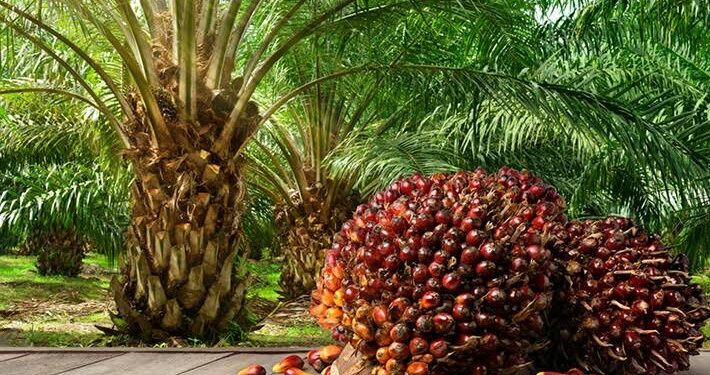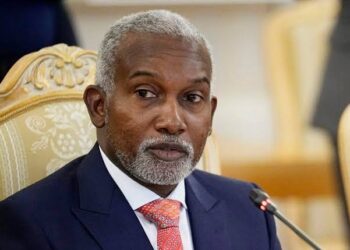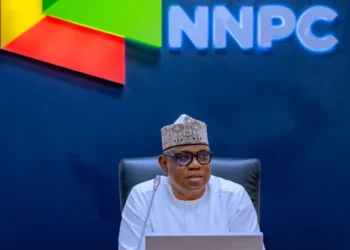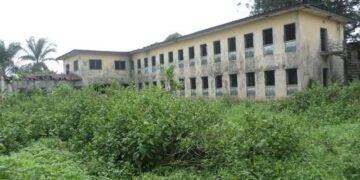According to the National Palm Produce Association of Nigeria (NPPAN), Nigeria spends $600 million annually on importing palm oil.
The association’s national president, Mr Alphonsus Inyang, stated this in an interview with Journalists on Tuesday in Abuja. He described the expenditure as unhealthy for national development. Inyang said if successive governments paid due attention to the palm oil sector, funds could be saved and injected into the economy.
The President regretted that Nigeria, which was once self-sufficient in palm oil production, now spends huge sums on importing the same product. Inyang, reflecting on Nigeria’s agricultural past, stated that in the 1960s, the country was the world’s leading producer and exporter of palm oil, holding a staggering 60 percent share of the global palm oil market.
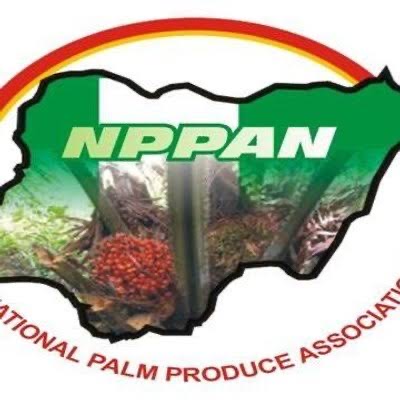
Now the opposite is true, with over 50 percent of consumption being imported.
The country now occupies fifth place in the league of palm oil-producing countries, behind Indonesia, Malaysia, Thailand, and Colombia.
“Nigeria may even lose its position to smaller countries that are investing heavily in the sector. Indonesia is first with 50 million tonnes, Malaysia is second with 19 million tonnes, Thailand with 3.28 million tonnes and Colombia with 1.9 million tonnes,” he said.
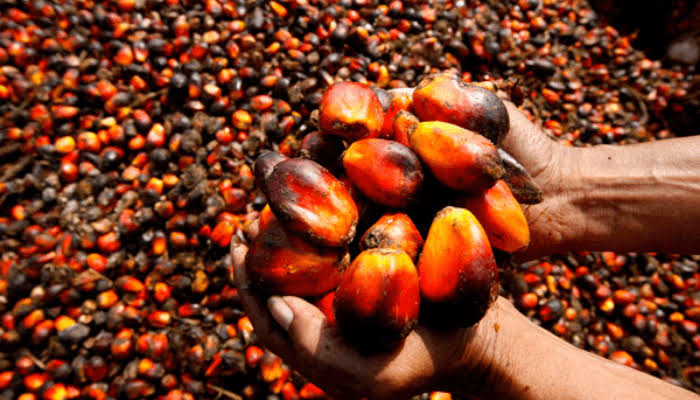
Inyang said that according to the United States Department of Agriculture, Nigeria currently ranks fifth in the palm oil producing countries ranking, with 1.5 percent or 1.4 million tonnes of the world’s total production.
“In 1966, Nigeria replaced Malaysia and Indonesia as the world’s largest palm oil producer and exporter. Currently, Nigeria is the largest consumer of the product on the continent, consuming about 3 million tonnes per year.
Domestic production is less than 1.4 million tonnes, leaving a deficit of over 1.6 million tonnes,” he said.
Inyang called on the government, especially the Federal Ministry of Agriculture and Food Security, to support NPPAN member countries by providing seedlings for the development of 250,000 hectares per year.
“Our members can plant up to 250,000 hectares per year under the association’s National Oil Palm Strategic Development Plan. All we need are inputs. The government doesn’t need to give us land to develop. We need seedlings, fertilizer, logistics, and equipment to close this gap within four years. We will also create new millionaires in the 28 federal states,” he said.


